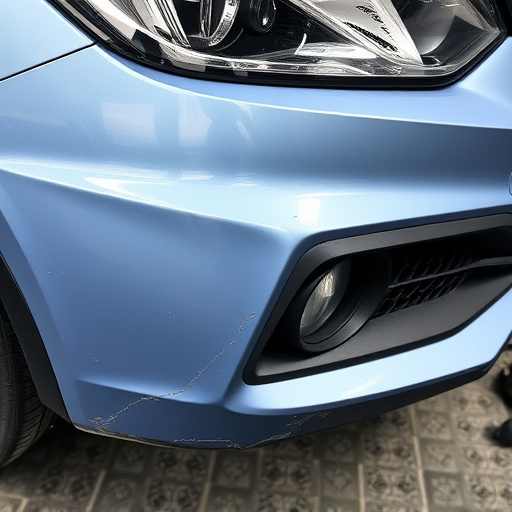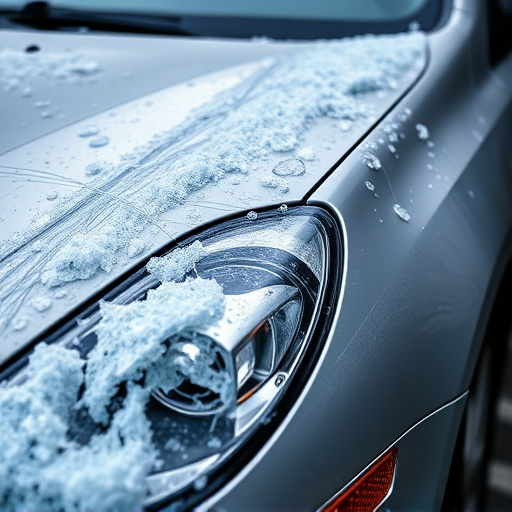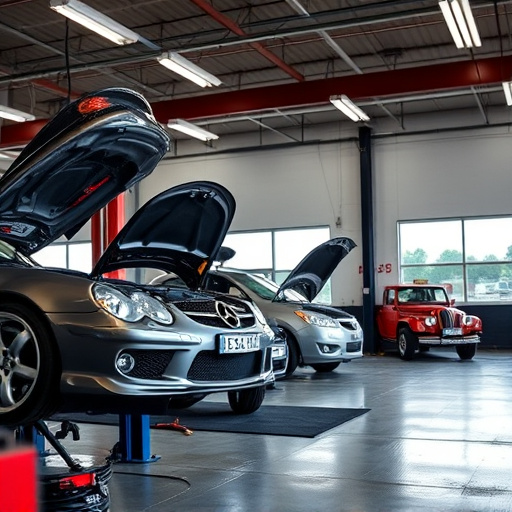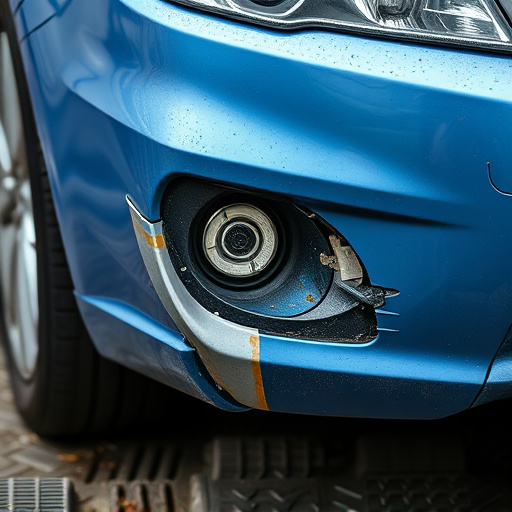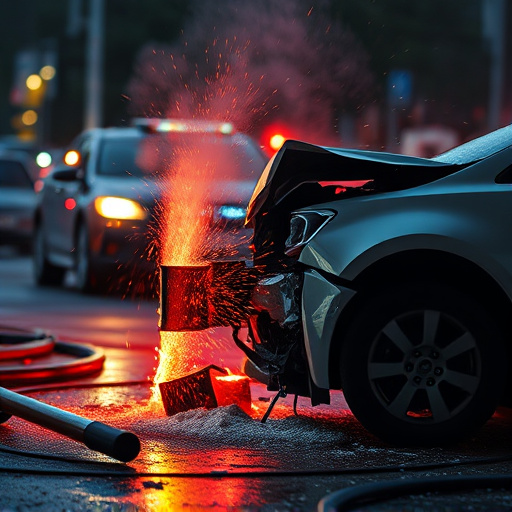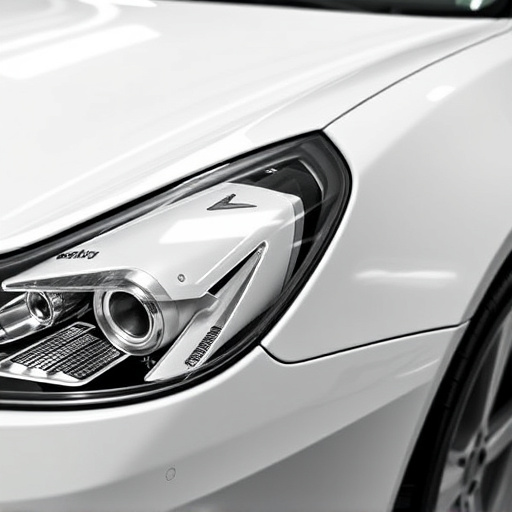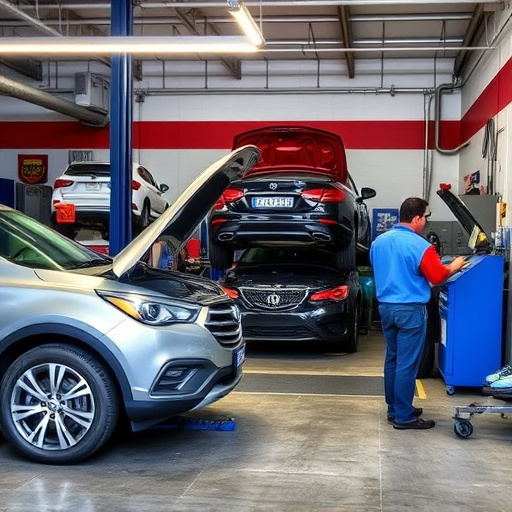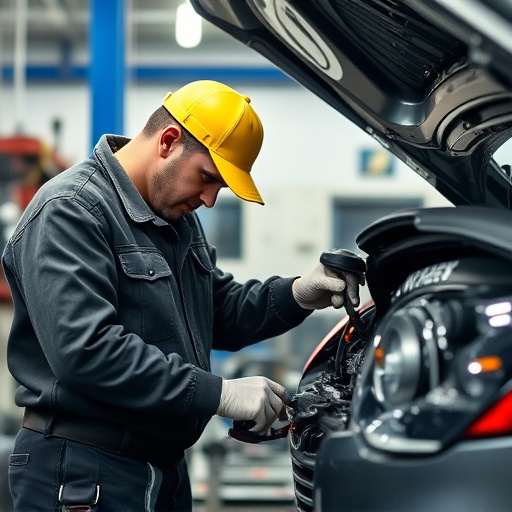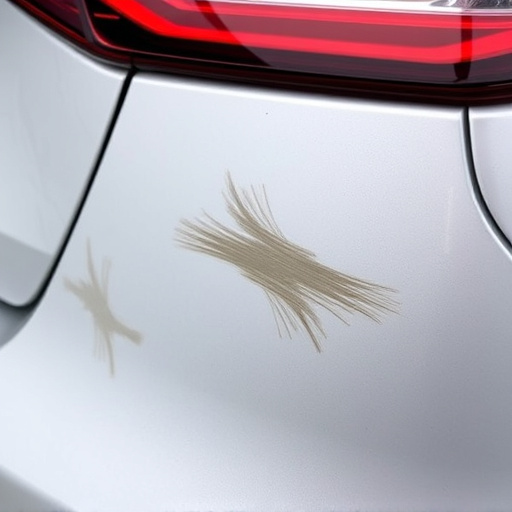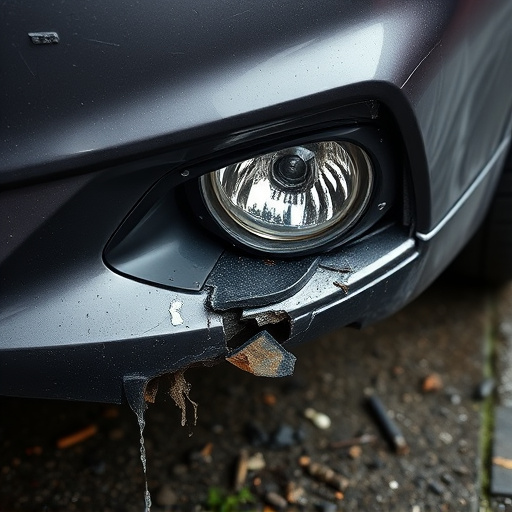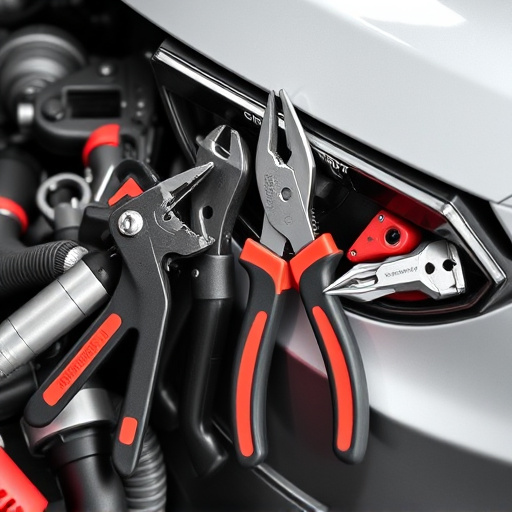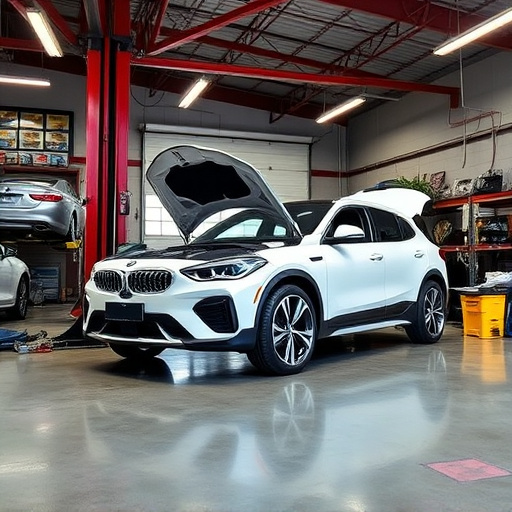After a car accident, Tesla home charger safety and functionality require professional inspection and load testing to identify and rectify damage, including electrical issues, loose connections, and structural integrity checks, ensuring optimal performance, reliability, and alignment post-accident.
After a car accident, evaluating and repairing your Tesla home charger is crucial for safe and optimal vehicle performance. This article delves into the process of assessing damage to your Tesla’s charging system post-accident, guiding you through professional load testing procedures, and ensuring peak efficiency following repair. Learn how meticulous inspection and rigorous testing ensure your home charger functions securely and effectively, vital considerations in today’s electric vehicle landscape.
- Evaluating Tesla Home Charger Damage After Accident
- Professional Load Testing Procedures for Safe Installation
- Ensuring Optimal Performance Post-Accident Repair
Evaluating Tesla Home Charger Damage After Accident
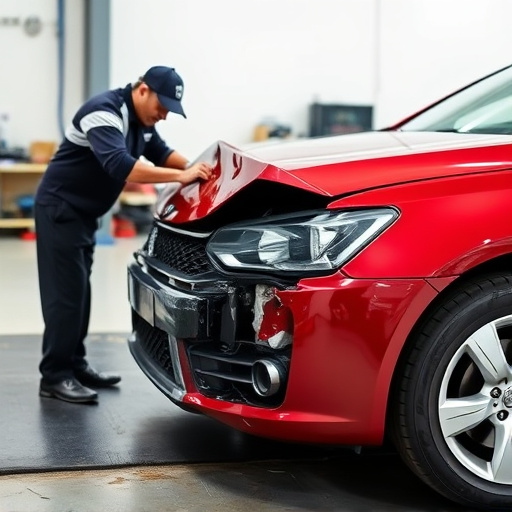
After a car accident, evaluating the damage to your Tesla Home Charger is crucial. While it might be tempting to focus solely on the visible dents and scratches of your vehicle, proper assessment should also consider any internal or structural issues within the charger. In terms of Tesla home charger after accident, professionals recommend a thorough inspection to ensure safety and functionality. This involves checking for any loose connections, damaged wiring, or signs of electrical instability that could pose risks during future charging sessions.
Delving deeper into the evaluation process, consider professional load testing as a comprehensive solution. This method simulates real-world conditions by putting the charger through its paces, thus revealing potential weaknesses not visible to the naked eye. In light of this, vehicle repair specialists employ advanced diagnostic tools to assess performance and identify any necessary car body repair or auto glass repair work—ensuring your Tesla Home Charger is safe, reliable, and ready for continuous use post-accident.
Professional Load Testing Procedures for Safe Installation
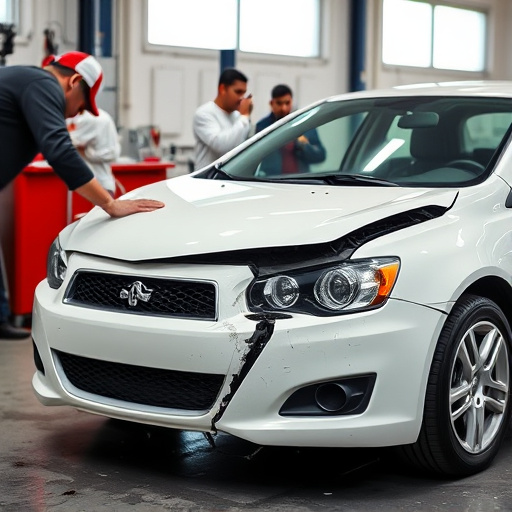
After a Tesla home charger has been involved in an accident, a thorough professional load testing procedure is essential to ensure its safe installation. This process involves rigorous assessments to verify that all components are functioning optimally and have not been compromised by the impact. Specialized equipment and trained technicians are employed to simulate various driving conditions and gauge the charger’s performance under stress.
Professional load testing includes evaluating the electrical system for any internal damage, checking connections for stability, and assessing the structural integrity of the charger housing. Additionally, tire services, car dent repair, or visits to a car body shop may be necessary to address external damage that could affect the charger’s alignment or overall performance. These meticulous steps are crucial in mitigating potential hazards and guaranteeing the Tesla home charger’s reliability and safety after an accident.
Ensuring Optimal Performance Post-Accident Repair
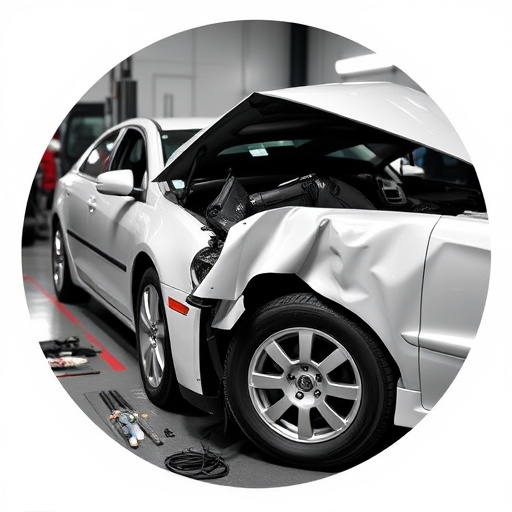
After an accident, ensuring optimal performance from your Tesla home charger is paramount. Comprehensive repairs extend beyond replacing damaged components; they encompass meticulous attention to detail in all aspects of restoration. Reputable car repair services specializing in electric vehicle (EV) care leverage advanced techniques like paintless dent repair to rejuvenate both the exterior and interior of your Tesla without disrupting its intricate charging mechanisms.
Proper restoration involves not just repairing visible dents and scratches but also reassessing and recalibrating the charger’s functionality. Skilled technicians conduct thorough load testing, simulating real-world conditions to guarantee the charger performs optimally after accident repairs. This meticulous process, involving a deep understanding of car bodywork and EV systems, ensures your Tesla home charger not only looks like new but functions seamlessly for years to come.
After an accident, proper evaluation and load testing of a Tesla home charger are essential for safe installation and optimal performance. By following professional procedures, you can ensure that your charger is thoroughly inspected, repaired, or replaced, minimizing potential risks and maximizing the efficiency of your electric vehicle charging experience at home. Remember, a well-maintained Tesla home charger contributes to a seamless transition to sustainable energy practices.

